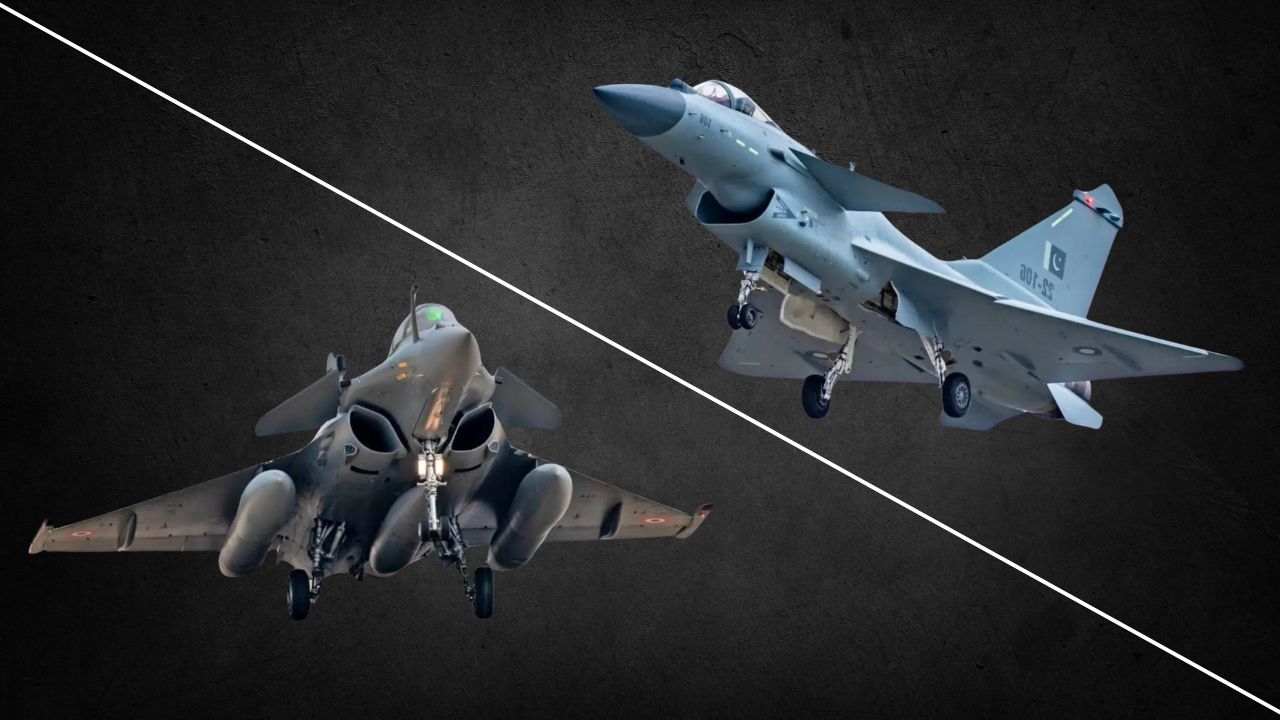Pak-India Dogfight: Facts You Should Know

Several days have passed since the Indo-Pak aerial encounter. Dozens of joint press conferences have been held on both sides, the media frenzy continues, and social media has been flooded with self-proclaimed defense analysts of all kinds. Meanwhile, the number of reported downed Indian aircraft has continued to rise.
Amidst the chaos of media truths and falsehoods, both ordinary citizens and experts alike are asking: Pakistan claims to have shot down five to seven Indian jets, while India refuses to acknowledge it. So who is telling the truth? Who should be believed?The answer is simple,Pakistan is telling the truth, and there are multiple ways to cross-check and verify this claim. Let’s explore some of the basic methods of verification.
During this military exchange, several terms made their way into public discussion—dogfight, ceasefire, nautical miles, fifth-generation warfare, and one particularly fascinating term electronic signature.
After speaking with an air force expert, I’ve compiled some technical yet verifiable details.
Every aircraft has an electronic ID, which helps in identifying it. In flight, a pilot’s visual range is barely 10 kilometers. Therefore, once a missile is fired at a target, it only enters activation mode when it’s fully confident it can hit the target.
Pakistan deployed J-10C and JF-17 Thunder fighter jets in this operation. Both were equipped with PL-15 missiles. The remarkable feature of the PL-15 is that if its internal radar system detects that it will miss its target, it self-destructs in mid-air. This ensures that it only activates when a successful hit is likely. This gives the Pakistan Air Force high confidence in its claim of downing Indian jets.
An electronic signature includes radar frequencies, radio transmissions, transponder codes, and other signal emissions from an aircraft. These signatures help confirm which aircraft has vanished from radar coverage.
National Crush the Air Vice Marshal Aurangzeb Ahmed, Deputy Chief of Staff for Operations, explained this in detail during a national press briefing. He showcased radar images and explained how aircraft are tracked using data links. Once a radar system is activated, everything becomes visible—nothing remains hidden. During his briefing, electronic signatures were specifically discussed.
Besides missile behavior and radar tracking, there are two more major ways the truth has been validated
Pakistan released images and coordinates of the wreckage of the downed jets. India has not denied or refuted this evidence.
International media used various credible sources and tools to verify the events. These include ,Open-Source Intelligence (OSINT), Metadata analysis and Artificial Intelligence (AI) tools
Another point worth noting is the precedent set in 2019. When India claimed it had shot down a Pakistani F-16, the truth became crystal clear when Pakistan invited representatives from the manufacturing company to verify the aircraft count. That audit proved India’s claim was false.
So, if Pakistan’s current claim is untrue, why has India remained silent for so long? Clearly, in situations where truth is undeniable, silence becomes the best strategy.
In the end, arrogance has been humbled, and the truth shines as bright as daylight. Perhaps the best outcome of all this is that people, in their quest for truth, learned a great deal — whether about the importance of peace or the horrors of war.
May Allah be our guide and protector. Ameen